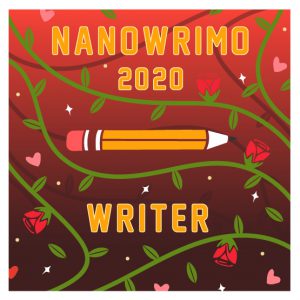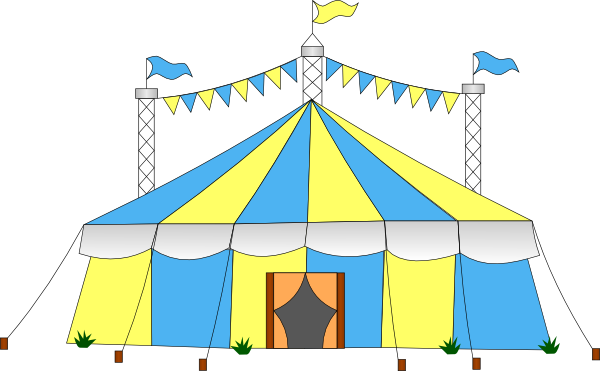Continuing our NaNoWriMo (National Novel Writing Month) preparation series, it is time to explore the differences between Plot and Structure and look at some examples.

Do you need to know your plot and structure before starting NaNoWriMo? Of course not.
It does help, however, to have an idea what plot and structure are and what some of your choices might be. Then if you get stuck in the middle, you have some ideas of where you should go next.
#####
People often use the words plot and story structure interchangeably (I have been guilty of that myself), but there are distinctions.
Plot is what happens in the story, or saying it another way, the events that make up the story.
Structure is the mechanics or how you lay out your story. It is the design.
To use an analogy of a tent, plot is like the cloth, which can be made up of different colors, patterns, and types of material. Structure is the underlying frame, the supports and poles and such. Using the same cloth, but different structures, you might end up with a pup tent, a dome tent, a geodesic tent, a circus tent, party tent, bell tent, etc. I think you get the idea.

Plot 101
Although in reality there can be any number of plots, scholars have come up with general plot types or categories. Studying these general plot types can help you understand the reader’s expectations for your story. You can decide either to include all the traditional elements and ensure your plot meets those expectations, or if you are brave, you can blow them up by defying the expectations and turn them on their head.
One of the more popular way to label plots is from The Seven Basic Plot Points: Why We Tell Stories by Christopher Booker.
- Rags to Riches (Cinderella)
- Overcoming the Monster (Jaws) -also called Underdog
- The Quest (Indiana Jones)
- The Voyage and Return (Lord of the Rings) – Hero’s Journey fits this
- Rebirth (A Christmas Carol)
- Comedy (Any novel with humor and a happy ending)
- Tragedy (MacBeth)
Mark Nichol has a good general discussion of “Types of Plots” at Daily Writing Tips. There are many more articles online, but Darcy Pattison has a list of 29 Plots that can get you started.
Plotto by William Wallace Cook (1928) has a complicated system to generate any number of plots, mostly romances. The language is dense and somewhat outdated, but could be a gold mine for story ideas if you have the time.
Structure 101
Structure Tip: The most important thing to keep in mind is don’t try to support your plot with a structure that doesn’t fit. Plot and structure should go together easily.
Some Examples:
The simplest structure for a story is the Three Act Structure.
In Act 1, we have the set-up where we learn about the character(s), the setting, and the character’s desire. Usually there is also some sort of inciting incident to get the protagonist on the move.
Act 2 is often the longest of the three acts (they don’t have to be equal length). It is typically filled with conflict, giving rise to a big crisis.
The conclusion arrives in Act 3. There may be a final push or revelation, but the ending is resolution of some sort.
You may have learned Freytag’s Pyramid in school. It is a type of Three Act Structure.
- Exposition
- Rising action, climax, falling action
- Denouement or resolution
Some structures are genre specific, such as for a mystery or romance, and won’t work well for other genres. We’ll discuss some genre-specific structures later.
Exercise: Regardless of what structure you choose, it will likely contain an inciting incident, which is an event towards the beginning of the story that starts your protagonist on his/her/their way. Think of it as a door or gateway that once the protagonist goes through, there is no turning back or stopping, for that matter.
Think about what might be inciting incidents in your story. Make a list of 5 or more possibilities (because we often list the most obvious first and the more creative ones after those are written down). Pick one or two to develop into a scene.
#####
Visit our 30 Day Novel Prep Page for all the links.




Leave a Reply